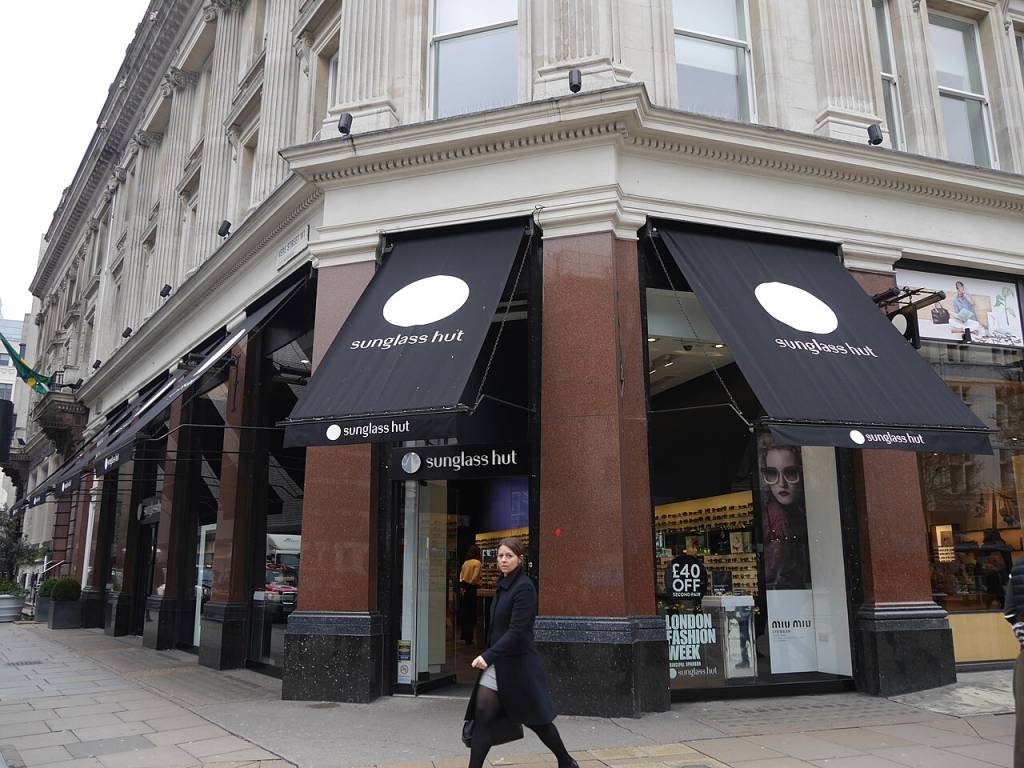 The Dreamforce Conference has grown exponentially in size compared to its humble beginnings. Frequently, when business faces enormous growth spurts, the fast pace sometimes throws the company off of its game, but not this time. This, too, became a rousing success.
The Dreamforce Conference has grown exponentially in size compared to its humble beginnings. Frequently, when business faces enormous growth spurts, the fast pace sometimes throws the company off of its game, but not this time. This, too, became a rousing success.
What was difference and what can entrepreneurs learn from the lesson?
While insider details are not available, from a sales perspective, no doubt stringent details were in place and closely monitored. Most likely, the larger vision to host a conference of that caliber, hosted in five enormous buildings, and targeted to be the best attended ever, was broken down into achievable milestones. The milestones or projects were then broken down into smaller goals, and those goals into minute details. It is attention to the detail that makes all the difference. Equally important is the building of teamwork devoted to making the conference a success. Collectively, working as a team brings about conference success at its highest level.
Similar to the company paying strict attention to detail, attendance at these type of events require strategic thinking along with attention to detail. This holds true for all attendees should they be entrepreneurs or executives of large companies. The problem that first time event-goers experience is, they become over-zealous of the potential business they will secure but neglect giving thought to detail.
For example, the prospective clientele is seen as enormous, so they rush to schedule appointments to show off their latest services. Or they begin “selling” their services to speakers and vendors alike without realizing they are putting the cart before the horse in the sales process. These are not best-serving strategies. The end result may be devastating by having put off potential alliances by possibly appearing as less professional, disorganized and too aggressive.
Companies, new to a particularly large event, will do best to assign goals to the team designated to attend. In the case, where several buildings are occupied, and keynotes delivered throughout each day, advance thought should be given as to where time will be best spent. Prospective clients, information sought to fast track business, and potential alliances should head the list. Research the floor plan, vendor list, and the speaker schedule, to better strategize the logistics.
Speak with selected vendors to connect personally and learn more. Ask a couple of pertinent questions (given others are waiting in line behind you) to qualify the better match. This is a much improved strategy eliminating future wasted time as opposed to attempting to pre-schedule meetings that turn into not the best matches.
After the event, as the team reconvenes back at the office, you will hear of incidents to be avoided and strategies that worked extremely well. This prepares you well for the next event so that you may perform at your best, Now you have concrete evidence as to what works best for your company and may even consider hosting a side event with familiarity behind you.
The better time to invite the best-matched prospects for a demo or ask for a meeting is after the event. When you do hold meetings after the event, begin the conversation by saying how much you enjoyed meeting the people associated with their company. Then ask how they enjoyed the entire experience. This again is the basis for building the relationship, trust and getting to the heart of the matter, the sale. By exchanging stories with one another about the event experiences, you simultaneously build a sound relationship along with potential business.
By building confidence, presence, and relationships, you develop an attractive personal brand leading to the Smooth Sale!












